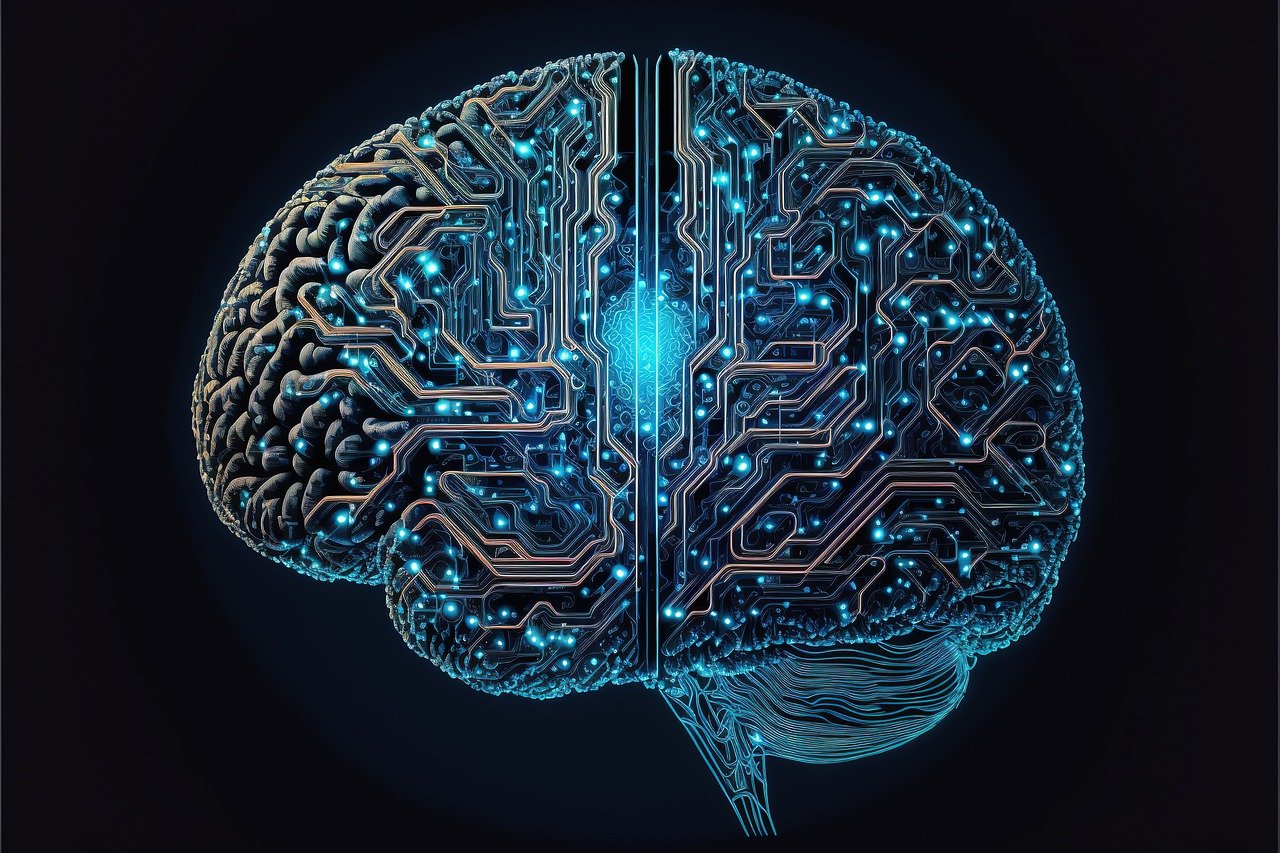Artificial Intelligence
Artificial intelligence has enormous potential to contribute to the green transition, but the technology itself is also somewhat of a climate offender. This paradox, along with a number of other challenges associated with the use of artificial intelligence, is what we are examining in our research network "AI and Green Transition."

Artificial intelligence is a double-edged sword for the green transition.
On one hand, the technology has enormous potential to make our use of resources more efficient, strengthen our decision-making processes, optimize our use of renewable energy sources, and create green jobs. On the other hand, artificial intelligence itself is also a relatively large burden on the climate. The development and implementation of AI systems require significant amounts of energy, which can result in increased greenhouse gas emissions and contribute to climate change. Additionally, there are issues with bias and discrimination, privacy and security concerns, and other ethical challenges.
Our research network "AI and Green Transition" works to assess the potentials and risks of using artificial intelligence in the green transition.

Artificial Intelligence as a Green Solution
There are several ways AI can contribute to the green transition. It can help integrate renewable energy sources such as wind and solar energy into the power grid. AI algorithms can optimize the storage and distribution of renewable energy, ensuring it is used efficiently and appropriately.
It can also be used to monitor and analyze environmental data. This makes it possible to detect and respond early to environmental risks such as pollution and natural disasters. For example, AI methods can be used to analyze satellite images to track deforestation or estimate carbon storage in trees.
AI algorithms can also be used to optimize energy consumption and reduce waste in buildings, transportation, and manufacturing. AI can analyze data on energy consumption and identify patterns and inefficiencies. This way, we can better address reducing energy consumption and greenhouse gas emissions.
Finally, AI methods combined with behavioral science and psychological theory can be used to better understand why consumers act the way they do.
Challenges of Using Artificial Intelligence
As AI methods continue to expand, it is important to consider their potential environmental impact.
The development and implementation of AI systems require significant amounts of energy and resources. For example, training and operating AI models require large amounts of electricity (to run computations in data centers), which is often generated from non-renewable sources such as coal and natural gas. Additionally, the production of AI hardware and equipment requires significant amounts of resources and energy, as well as the extraction of raw materials such as metals, which also leads to CO2 emissions.
Researchers in the network
| Raghavendra Selvan | Department of Computer Science | Faculty of Science |
| Christian Igel | Department of Computer Science | Faculty of Science |
| Yevgeny Seldin | Department of Computer Science | Faculty of Science |
| Trine Krogh Boomsma | Department of Mathematical Sciences | Faculty of Science |
| Olga Kokoulina | Centre for Information and Innovation Law (CIIR) | Faculty of Law |
| Beatriz Martinez Romera | Centre for International Law and Governance | Faculty of Law |
